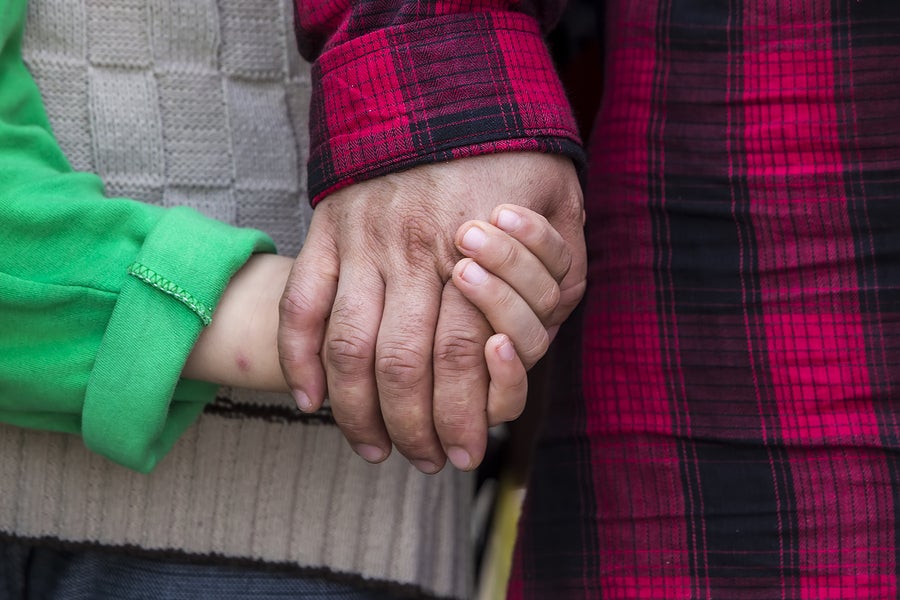On Saturday, September 22, the Department of Homeland Security posted an unofficial proposed regulation that would dramatically alter immigration law by broadening the definition of public charge and significantly harming immigrant families. Earlier this year, two related drafts were leaked to the press. Researchers documented the immediate, adverse impact on immigrant families and communities and estimated the additional damaging impact if the proposed rules were to actually go into effect.
The unofficial proposed regulation posted on Saturday – unofficial because it has not been published in the Federal Register yet – would make it harder for families to immigrate to the U.S. and for those families already lawfully residing here, it would make it harder for them to adjust their immigration status to become a legal permanent resident (LPR, or green card holder).
Under immigration law today, a person could be considered a public charge – and therefore inadmissible to the U.S. or unable to become an LPR – if, under the totality of the circumstances, the person is likely to be primarily dependent on the government for cash assistance (like SSI or TANF) or institutional long-term care (like through Medicaid) in the future. The “totality of the circumstances” test means that no single factor is dispositive but rather all factors must be considered together.
The unofficial regulation proposes to radically expand the public charge test by adding to the list of public benefits considered and by adding an income test. Moreover, rather than considering whether the applicant is likely to become primarily dependent on the government for cash assistance or institutional long-term care in the future, the new proposed definition of public charge would now consider whether the applicant is likely to receive any one or more of the listed public benefits whose value amounts to more than a specified dollar threshold or for longer than a specified time period, or both.
In addition to cash assistance and institutional long-term care, this new definition would consider the likely use of Medicaid (not just long-term care), SNAP, Medicare Part D’s low-income subsidy (LIS), and housing assistance. That would have the effect of discouraging participation in these critical public programs and reducing families’ access to needed health care, nutrition and housing. In selecting these programs – all of which have eligibility rules based on income – it is clear that DHS is targeting low income immigrants.
But that is made even more stark by adding an explicit income test for the first time. For example, families in the U.S. now with income below 125% of poverty ($25,975 for a family of three in 2018) would likely fail the public charge test and be unable to gain LPR status whereas families with income above 250% of poverty ($51,950 for a family of three in 2018) would likely pass. For families in the middle – the other factors (benefit use, health, education, etc.) would prove critical in the determination.
As we continue to parse through this text – and wait to see if there are any changes from this version before being posted to the Federal Register – one thing is clear. The Trump Administration wants to limit immigration to the healthy and wealthy, never mind what the Statue of Liberty has to say about the tired and poor. And this message is already ringing loud and clear in immigrant communities across the country. Families are living in fear, which will have lasting harmful consequences on children’s health and overall well-being.


